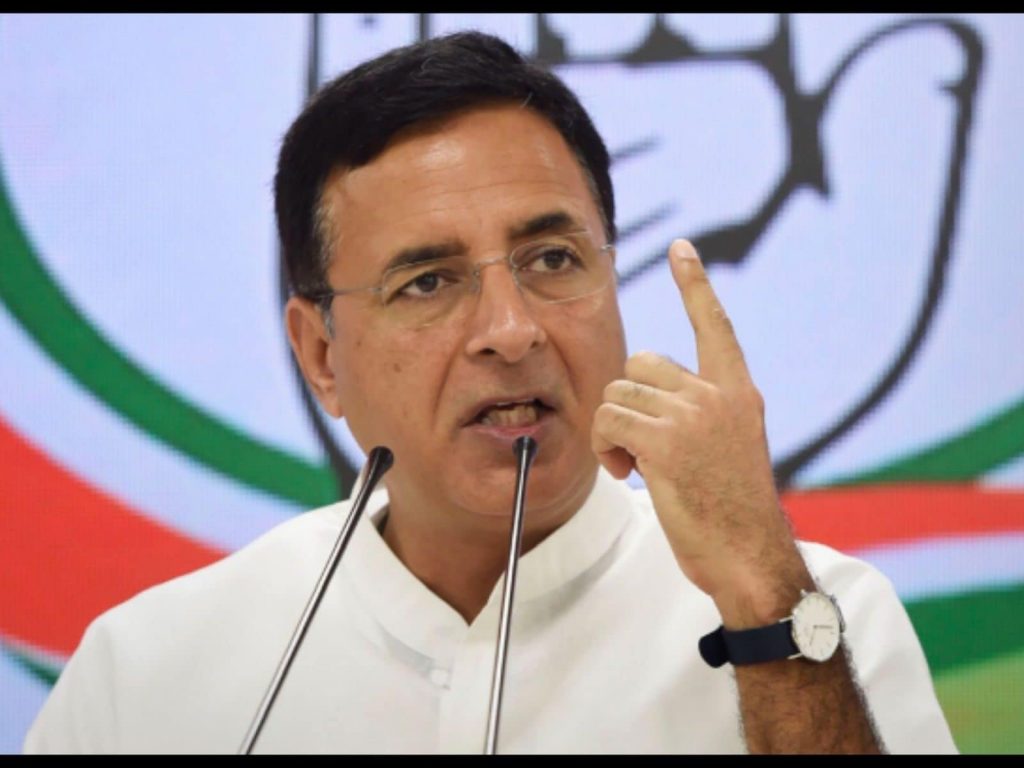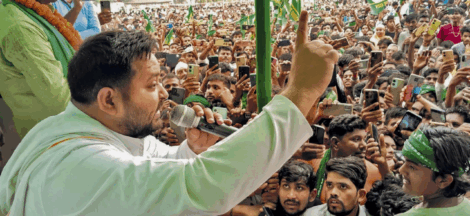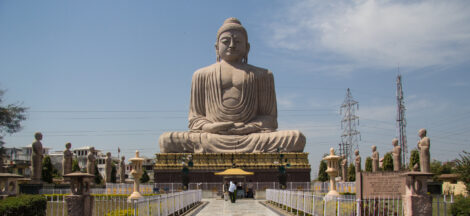Congress general secretary Randeep Singh Surjewala arrived in Karnataka for a series of closed-door discussions with state legislators, as internal rifts threaten to destabilise the ruling party’s grip on the southern state. The visit assumes greater urgency amid growing calls from a section of the party’s own MLAs seeking a change in leadership, pushing for Deputy Chief Minister DK Shivakumar to be elevated to the post of Chief Minister.
Surjewala, who has served as the party’s chief strategist in Karnataka since the 2023 Assembly election campaign, is expected to meet legislators individually in an effort to gauge the extent of discontent. His meetings began shortly after fresh murmurs within the party structure intensified, with some MLAs voicing dissatisfaction with Chief Minister Siddaramaiah’s leadership style and claiming Shivakumar enjoys stronger grassroots support.
Congress MLA Iqbal Hussain, known to be a vocal supporter of Shivakumar, fuelled speculation after publicly stating that a leadership change is imminent. “DK Shivakumar will be made the Chief Minister in the next two to three months,” he said, adding that the decision had already been taken internally. The remarks have set off a flurry of political activity in Bengaluru, with legislators and party workers attempting to clarify where loyalties lie.
Though the Congress leadership has not officially commented on any potential change, party insiders have suggested that the remarks are being taken seriously. Surjewala’s meetings are being interpreted as a damage-control exercise aimed at both calming dissent and reaffirming support for Siddaramaiah’s leadership. However, the absence of a clear denial from the top leadership has led to further speculation over a possible power-sharing arrangement or mid-term reshuffle.
Shivakumar, who heads the state unit of the Congress, has so far maintained a measured silence on the leadership question, stating that his focus remains on governance and party building. However, his growing influence and continued proximity to the party high command in Delhi have not gone unnoticed. He played a pivotal role in steering the party to victory in last year’s state elections and has since overseen key administrative and organisational decisions.
Siddaramaiah, on his part, has remained defiant, asserting that his government is functioning efficiently and that there is no cause for concern. During an address earlier this week, he dismissed the leadership chatter as “baseless” and reiterated that the Congress remains united. However, multiple MLAs have reportedly expressed concern over bureaucratic bottlenecks and policy indecision, indirectly pointing fingers at the Chief Minister’s office.
The growing friction also coincides with the Congress leadership’s national-level recalibration, which may be contributing to the fluid situation in Karnataka. With preparations for the 2026 Assembly polls already under discussion and Lok Sabha setbacks prompting internal reviews, the state unit’s trajectory is being closely watched in Delhi.
Political observers note that a leadership change mid-way through the government’s term would be highly unusual but not unprecedented. The Congress has, in the past, experimented with rotational chief ministership in other states as a compromise to balance power equations. However, such arrangements often prove unstable and fraught with factional rivalries.
Adding to the complexity is Shivakumar’s continued legal entanglements. Although he has not been convicted of any wrongdoing, cases related to disproportionate assets and money laundering remain pending. While his supporters argue these are politically motivated, detractors within the party caution against installing a leader with unresolved legal baggage as the face of the government.
The Congress, buoyed by a clear mandate in the last elections, had attempted to project unity by appointing both Siddaramaiah and Shivakumar to senior posts. The arrangement, though workable initially, has strained under competing ambitions and growing administrative demands. A majority of the party’s state legislators are known to be aligned with one of the two camps, increasing the likelihood of a political showdown should the leadership issue escalate.




 Buddhist Control Bid at Bodh Gaya Thwarted by Supreme Court
Buddhist Control Bid at Bodh Gaya Thwarted by Supreme Court 